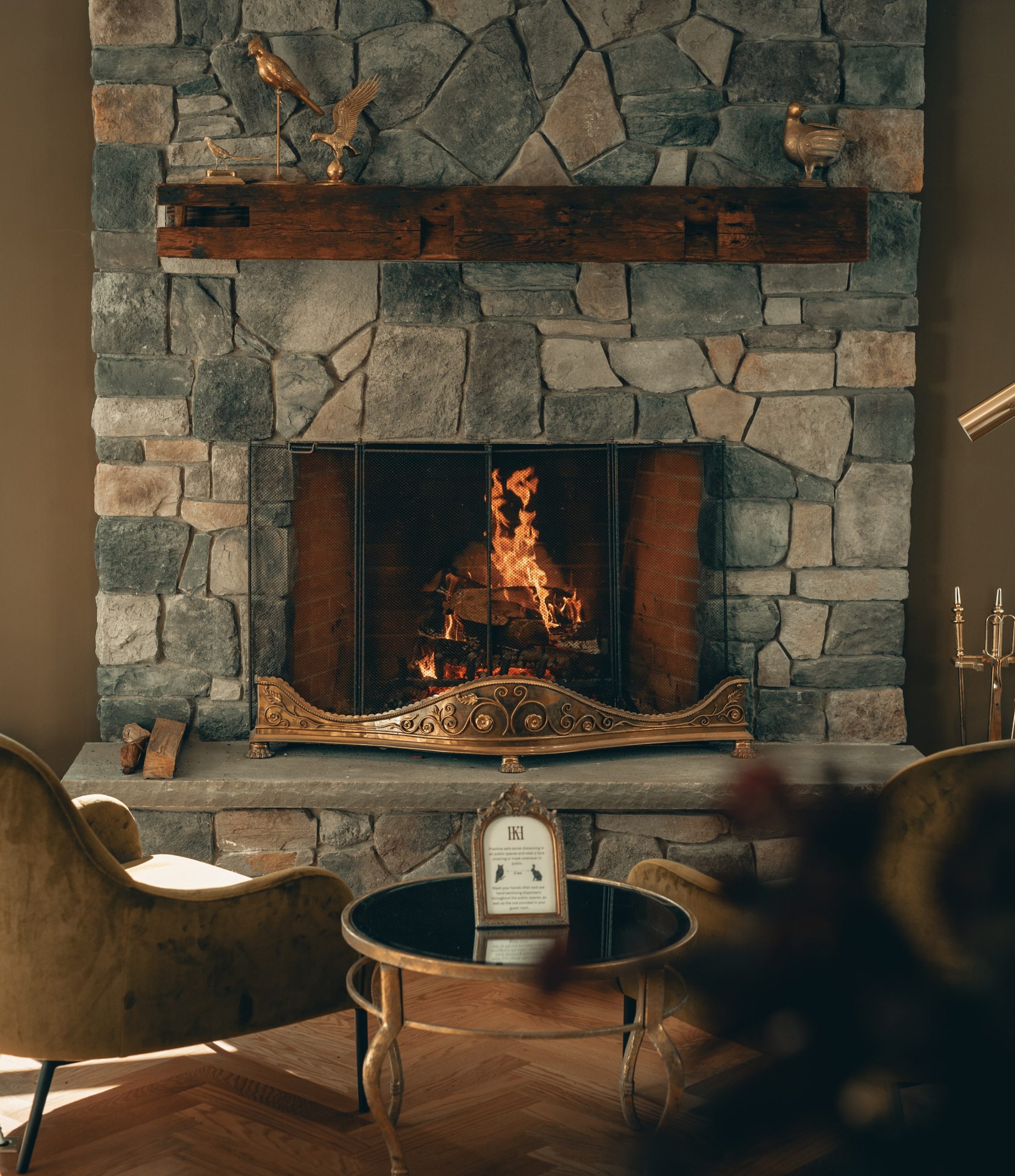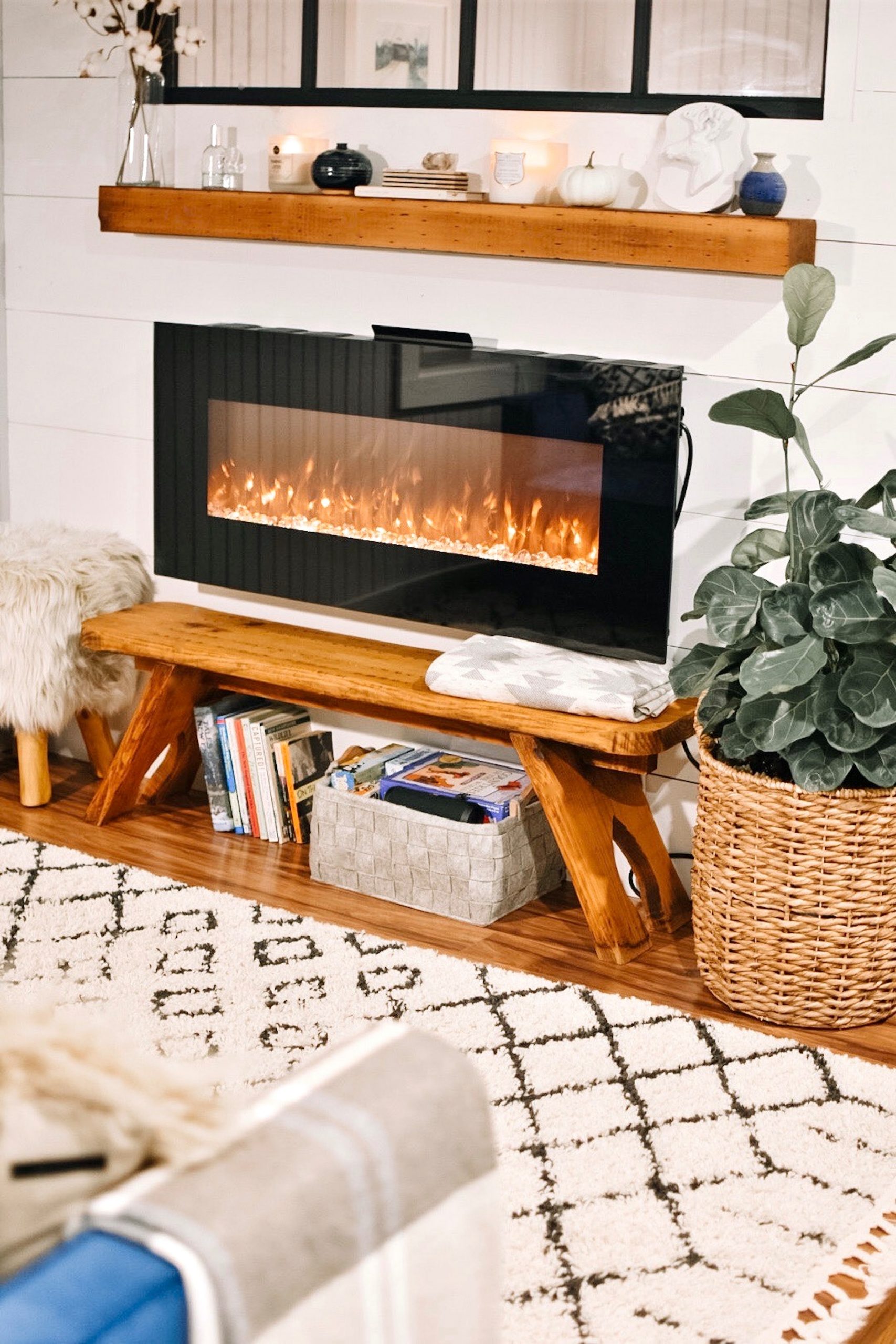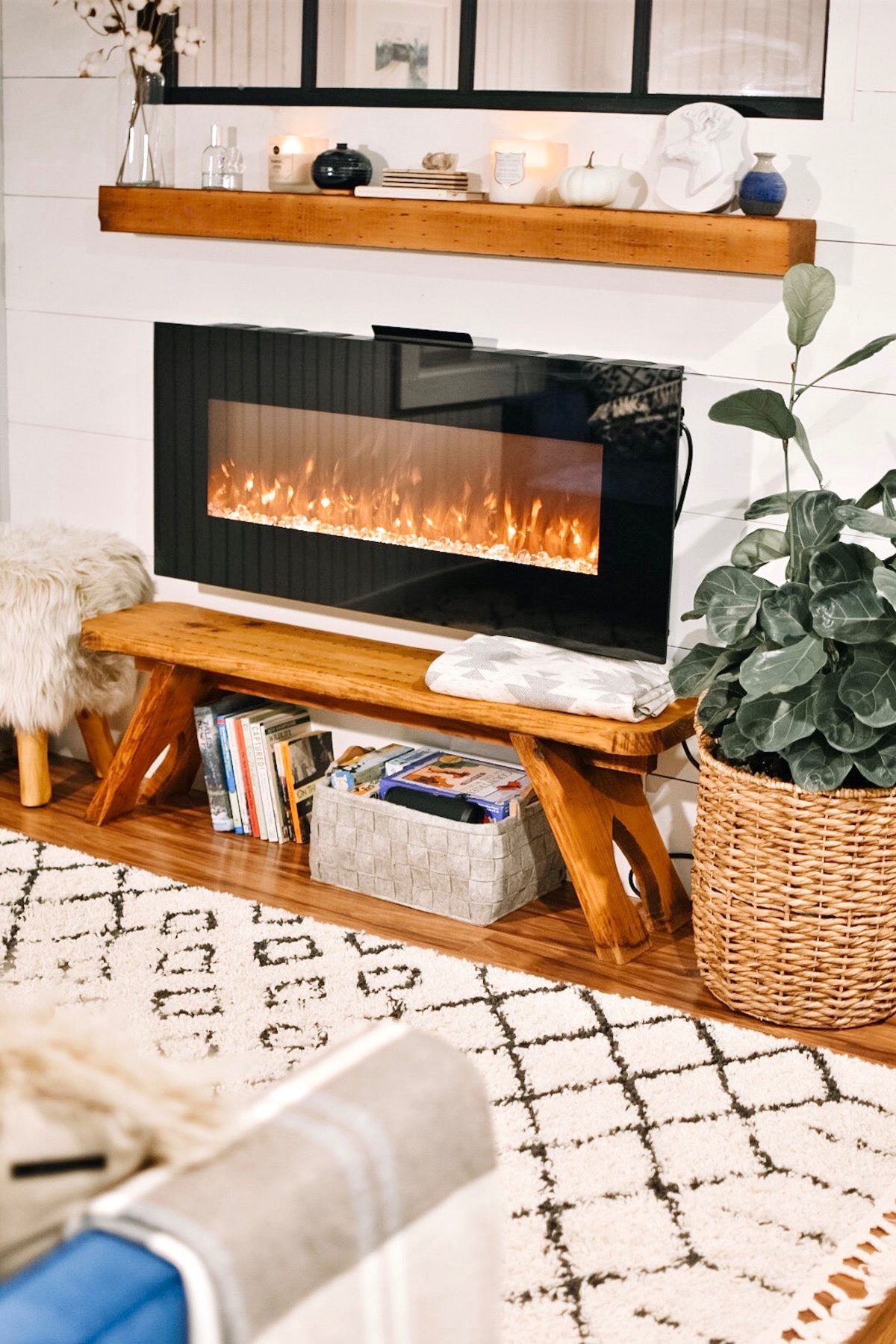Many American households use the fireplace to warm up in winter. Both economical and aesthetic, this type of heating offers a moment of conviviality and relaxation during an evening with family or friends. However, improper use can lead to problems such as fire or poisoning. According to a study conducted by specialists, nearly one-third of domestic fires in the United States are due to chimney fires. In order to avoid these inconveniences, we have gathered in this article 8 preventive measures. Enjoy reading!
1. Install a manhole on the flue

The first measure to take to eliminate the risk of fire is to install a manhole cover on the flue pipes of your chimney. This recommendation comes from the fire department. This type of opening allows you to check the condition and cleanliness of the flue. This makes it easier to determine when a chimney sweep should be performed. In addition, the manhole is very practical in order to facilitate the intervention of the chimney sweep and the firemen, if necessary.
2. Invest in a windshield
A windshield installation is highly recommended if you use a gas fireplace. This is a kind of blade that protects the smoke extraction channel from rain, wind, leaves, and nests. The risk of fire from chimney fires is greatly reduced since the flues are kept clean. However, the possibility of other outside objects entering the flue cannot be ruled out.
3. Avoid throwing anything down the chimney
Anything that could cause a fire or toxic fumes should not be thrown into the fireplace. It is not a waste disposal site! This includes flammable materials or liquids such as solvents and alcohol that can cause imminent danger to your home. In general, the roof is the first to burn in a fire. In addition, burning recycled lumber or furniture in your fireplace should be avoided at all costs as it can be hazardous to the health of the building’s occupants. Indeed, these materials contain products that release toxic fumes when burned.
4. Choosing the right firewood
In addition to the above, you must also consider the quality of the fuel to be used for your heating. Not just any wood will do. Reclaimed wood, including painted or varnished wood, should be avoided! The same goes for softwoods, which emit a large quantity of soot that quickly clogs up the pipes.
You must choose suitable firewood. Species such as oak, beech, maple, or cherry should be preferred. These are dense and dry. Moreover, fuel suppliers are able to deliver wood that has dried for at least 2 or 3 years.
5. Put the ashes in a suitable container
Very often, the ashes have not really burned out. Indeed, some of them can still be consumed little by little. To avoid the presence of fire without realizing it, get into the habit of pouring the ashes into a metal container.
6. Keep furniture away from the fireplace
Sofas, armchairs, wooden furniture, and carpets should be kept away from your fireplace. These are combustible materials that will help the flames spread in case of an incident.
7. Avoid over-feeding the fireplace
Do you think it would be better to add wood to your fireplace at night to have a fire the next day? Think again! This is a gesture that should be avoided! On the contrary, you should avoid overfeeding the fire when you go to bed. As a reminder, it is strictly forbidden to leave the fireplace unattended.
8. Maintain the fireplace properly
 By law, cleaning the chimney at least once a year is mandatory. This rule applies to both the owner and the tenant of a house. Anyone who violates this regulation is liable to a third-class fine of up to 450 euros. In addition, the insurance compensation will be reduced if a fire occurs.
By law, cleaning the chimney at least once a year is mandatory. This rule applies to both the owner and the tenant of a house. Anyone who violates this regulation is liable to a third-class fine of up to 450 euros. In addition, the insurance compensation will be reduced if a fire occurs.
Chimney sweeping consists of cleaning the chimney flues in order to eliminate residues. In most cases, chimney fires are caused by poor maintenance of the smoke extraction channel. As this operation is mandatory, it is best to entrust it to a specialist.
Sound off in the comments section below, and tell us what you want to read next and if you want to read more about fireplaces.

